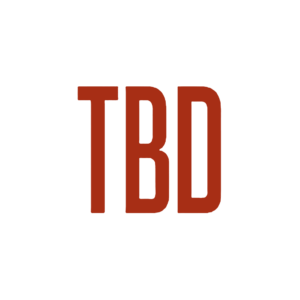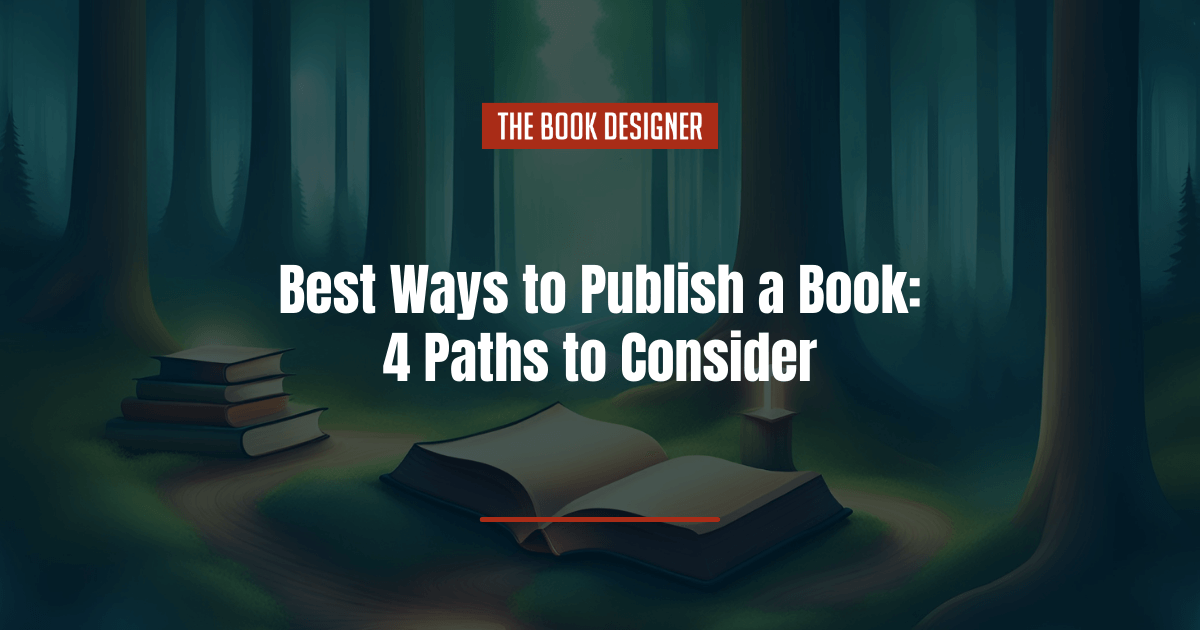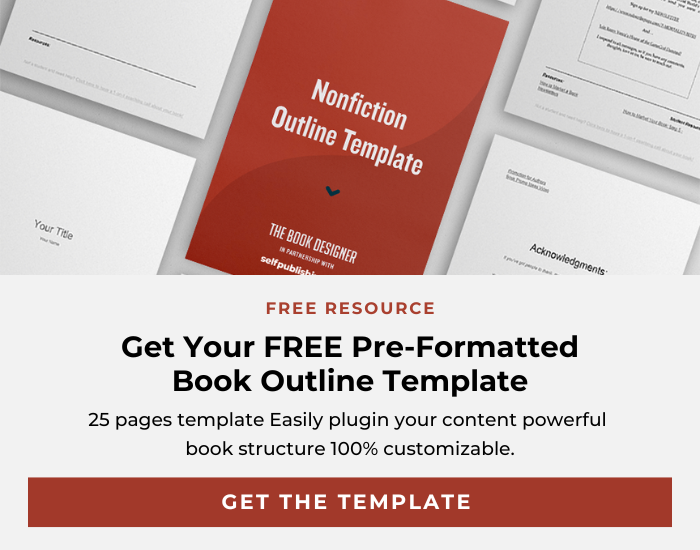Okay, you’ve sweated over your manuscript, you’re finished with your re-writes, and it’s time to leave the dark of the writer’s solitude for the bright, wide-open world of readers just waiting for your book. But how will you get your book into print? What are the best ways to publish a book?
Not so long ago, “getting published” meant one thing and one thing only. You would somehow find a way to get a contract from a publishing house—probably located in New York City—and then wait for them to create a book from your manuscript.
This was never an easy task and, with the consolidation in the book publishing industry, continues to become more difficult with each passing year.
But now there are more options than ever. Before you take the first step down the road to publication, perhaps you should look at the map, and see exactly where that road divides, and where the path you’ve decided to follow will lead you. To help you choose your path, here are the four basic (very simplified, to be sure) options you have to get “published.”
Here are four of the best ways to publish a book for your consideration:
1. Traditional Publishing
Most books produced by traditional publishing houses are brought to them by literary agents, and many acquisition editors prefer to deal with agents on all acquisition matters. For the prospective author, then, the chief task becomes acquiring an agent who understands the book, has had experience with the market for which the book is intended, maintains contacts with the relevant editors who publish for that market, who has integrity when dealing with authors, and who will arrange a sale to a publisher that benefits the author.
Unfortunately, there are far fewer agents than there are publishing houses, or acquisitions editors. This means that it can be an arduous task to find an agent to represent you and your book. By far the best way to meet an agent who might be a good fit for you is to be referred by one of their successful authors. This is not as rare as you might think, and if you have good contacts within your field, it pays to pursue this avenue.
Traditional publishers will offer a contract and perhaps an advance against the eventual royalties your book will earn. Depending on how the contract is worded—and many are different in these regards—you will receive somewhere between 8% and 12% of either the retail price or the wholesale price.
You will have to give up the reproduction rights to the book, and you may be required to release the electronic, first subsidiary, foreign translation, and other rights to the publisher. You may or may not have any control over the development of the manuscript and the final look of the finished book. The publisher will decide how to market the book, and will rely on you, your contacts, and your own marketing efforts as an intrinsic part of the marketing plan for your book.
They will attempt to distribute the book as widely as feasible, and may be able to place your book—if appropriate—into thousands of bookstores around the country, and create public relations opportunities with major media. The publisher will decide when your book no longer warrants any efforts to market it, and may put it out of print within one to two years of initial publication, depending on the sales your book has achieved.
Recommendation: If you believe your book can be a large-scale blockbuster, that Hollywood directors will line up to option your book, or you have already been on Oprah, this is the path for you.
2. Cooperative Publishing
Although not as well known as other avenues to getting into print, the cooperative publishing model has a lot to recommend it for the right book. Although many publishers who produce books cooperatively don’t advertise that fact, it is advantageous for the right book and the right publisher.
In this model, a publisher who is already issuing books in your market, and who knows how to sell to that market, may offer you a contract different from the normal publishing contract. They will be interested in books that complement their existing line, and will have pretty high standards in both content and writing style for the kinds of books they will consider.
You will be asked to pay a publication fee, to cover some of the publisher’s upfront expenses and, when the books are printed, you will be asked to pay the printer’s invoice. In exchange for this investment—and these fees and printing costs can typically run to $5,000 or more—the publisher will take over all the functions that a traditional publisher provides.
In addition, rather than receive a royalty, you become the equity partner with the publisher in the profits generated by your book. So instead of 8% or 10% of the retail price, you will earn, for example, 50% of the profit. This arrangement removes the financial risk for the publisher since all costs for publishing are substantially covered by the author, and it gives you the cachet and the editorial, production, and marketing capacities of the publishing house.
As an author you will still be responsible for helping to market your book but, with your equity participation, this is much more like a business venture for you and can justify your spending more time and expense to sell your book.
Recommendation: If you are a non-fiction author in a specific niche, and you can identify smaller publishers who aggressively service your field, you may find a great fit with one of those publishers, allowing you to concentrate on writing and selling your book, leaving everything else up to your publishing partner.
3. Subsidized or “Vanity” Publishing
In this publishing model, you pay to have your book published. Although you might pay a fee to a Cooperative Publisher, you and the publisher become partners in the success of the book. With subsidized publishing, you pay for a service only, since the company you will deal with has no need to actually sell any books. Their profits are derived only from authors, and this is why they have traditionally been known as “vanity” publishers.
Many of these companies masquerade as traditional publishing companies, and they take the rights to reproduce and sell your book in exchange for a royalty that is often not much higher than a traditional publisher offers. These companies follow two basic models; either you will pay a fee for the design, typesetting, and production of your book, or you will pay a high price for any copies of the book you purchase (or sometimes a hybrid of the two).
In addition, you will be offered numerous “packages” of services including manuscript editing, marketing, premium interior or cover design, press release mailings, listings in industry directories, illustration, and so on. Each extra service will accrue an additional fee, and these fees can quickly add up to thousands of dollars.
When your book is printed, you will receive somewhere between 1 and 25 copies of the book, although the publisher may claim to print more that they are “holding” against future demand.
Most of the website-centered publishing services companies that offer these services also claim to distribute your book with the aim of furnishing copies to eventual buyers through print on demand technology. However, this distribution usually amounts to a listing in a database and nothing more (unless, of course, you purchase an additional “package”).
Since these companies derive all their profit from authors, there are no barriers to “acceptance.” The actual work of these companies is much easier to understand if you think of them more as manufacturers than publishers, and yourself more as a customer than as an author.
Books produced through this option may be well written, or they may be trash. It makes no difference to the “publisher” since they are actually just manufacturing products, not publishing per se.
Recommendation: If you would like to print up copies of a cookbook for gifts or fund-raising, or print a book solely for distribution within your company and you have the staff to do it well, this can be a viable option. As with all manufacturing, ignore the hype and compare on price.
4. Self-Publishing
Simply put, this path to publication is when the author decides to also become the publisher of his book.
As such, the author will form a publishing company of his own. He will obtain his own ISBN range, so book databases will recognize his company as the publisher of the book. The author now becomes responsible for all the functions usually provided by the publisher.
The author will need to provide—or contract for—editorial, interior and cover design, proofreading, illustration, indexing, proofing and manufacturing, warehousing if books are produced by offset printing, order fulfillment and shipping, accounting, marketing, publicity and sales. The author has gone from a lone worker in front of a screen, to a replacement for a multi-function, complex business designed to acquire, create, produce, and sell a product.
To address this daunting challenge the self-published author will need to educate herself about all the areas mentioned above, and will need to become familiar with the practices of the publishing industry and the bookselling trade. She will need to learn where to place her advertising dollars, how best to launch a new book into the headwind of the nonstop news cycle, and every other function that bears on the publishing of her book.
The self-publisher who is serious about making the transition to profitability will usually use free-lance contractors to accomplish these myriad goals. She will hire a professional editor, a book designer, and a public relations or marketing professional. She will contract for the proofing and printing of her book, and will run her own book review campaign and author tour. She will recreate the infrastructure of a publishing company, but devote it all to one book.
Alternatively, an author who is self-publishing can decide to work with a self-publishing services company (like selfpublishing.com). These companies offer package deals or a la carte services for producing a professional-quality book. The main difference between these companies and vanity publishers is that authors retain the rights to their work and collect all royalties, making it a significantly better deal for authors.
Recommendation: For niche non-fiction authors, authors with a strong existing “platform” from which to sell books directly to buyers, and for those who are energized by the prospect of marketing themselves and their ideas 24/7, self-publishing can be a rewarding path.
Final Thoughts on the Best Ways to Publish a Book
I think it should be obvious by now that these paths diverge widely, although each will lead to “publication” of a kind. What’s really critical here is your own self-examination. Why did you write your book? Who did you hope would read it? How central to your life is this book likely to be? What would you define as success with your book?
It’s only by answering these questions, either alone or in consultation with a book publishing professional, that you can come to a rational decision about which path is right for you.
Editor’s note: This article was originally written by Joel Friedlander but has been updated and edited by The Book Designer editorial team.




